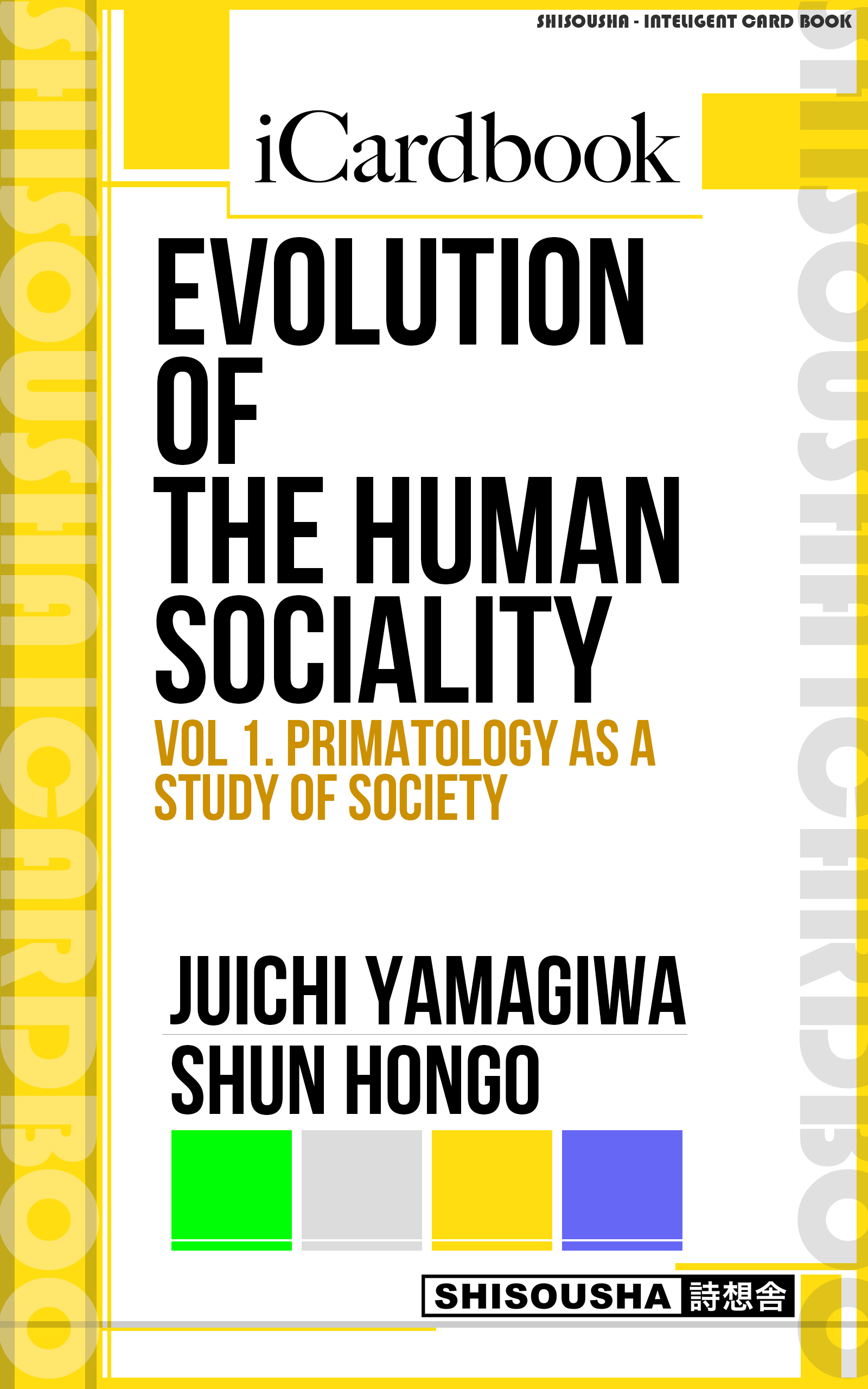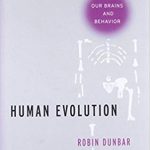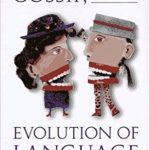The size of primate brains has a positive correlation with the ratio of the neocortex to the whole brain. This “neocortical ratio” increases with the primate’s mean group size.
By using this ratio, we can estimate the mean group size of fossilized humans based on their skull volume. The estimated mean group size of Homo habilis, who existed two million years ago, when the brain started to grow, is about 50 individuals. The figure for modern humans is about 160 individuals, which is close to the average size (150 individuals) of village-dwelling hunter-gatherer populations.
In fact, it is thought that the human brain size reached that of modern humans (approximately 1,400-1,600 cm3) by the age of Homo heidelbergensis (600,000 years ago).
The emergence of language is thought to have been later than 200,000 years ago. Therefore, our ancestors probably formed groups of about 150 individuals without language, using non-verbal communication.
■References (Books, papers, Web articles, etc.)
Human Evolution: Our Brains and Behavior Robin Ian MacDonald Dunbar Oxford University Press; 1 edition (November 28, 2016)
「「人類史」のその先へ」 中沢新一・山極寿一 (『現代思想』 2017年6月号]所収)
★If you interested in this text, please have the following ebook at hand. For that, Click on the URL below.
https://society-zero.com/icardbook/011/index.html
★This article is a piece of "knowledge card" that makes up iCardbook, "Evolution of Human Sociality(Juichi Yamagiwa, Shun Hongo)"
iCardbook, a card-type specialized book that organizes “Knowledge Cards” is a new form of book in the smartphone age.
■iCardbook Benefits:Good value for reading
・you can read it quickly in your pocket of time, e.g. commuting
・You can immediately understand the "drawing " in the author's head
・Amazon Prime members can read for free
◎About iCardbook(english)
https://society-zero.com/icard/icardbookenglish
◎About iCardbook(japanese)
https://society-zero.com/chienotane/archives/5067
■The References list of “Evolution of Human Sociality”







